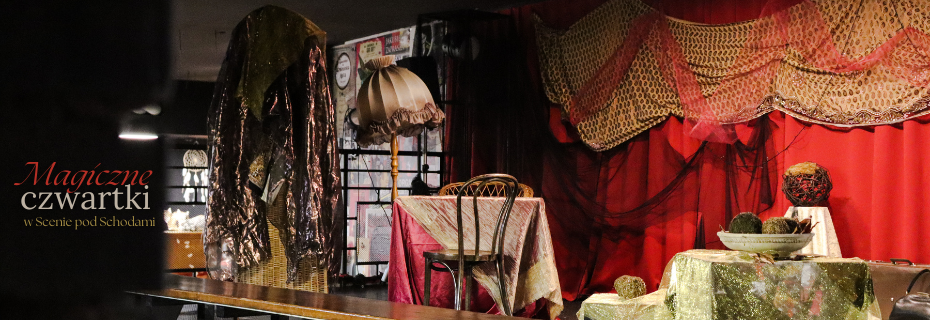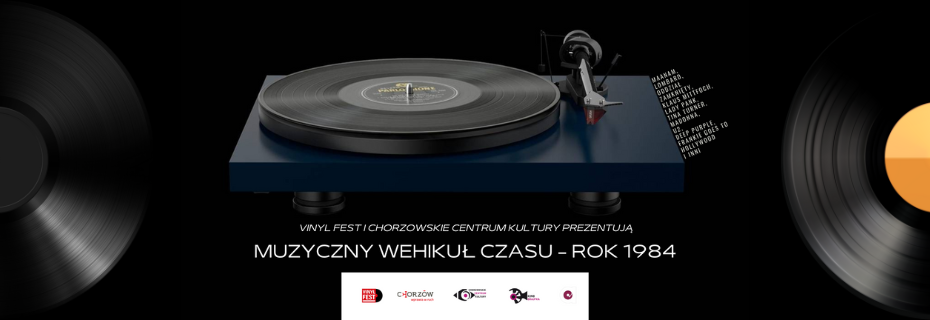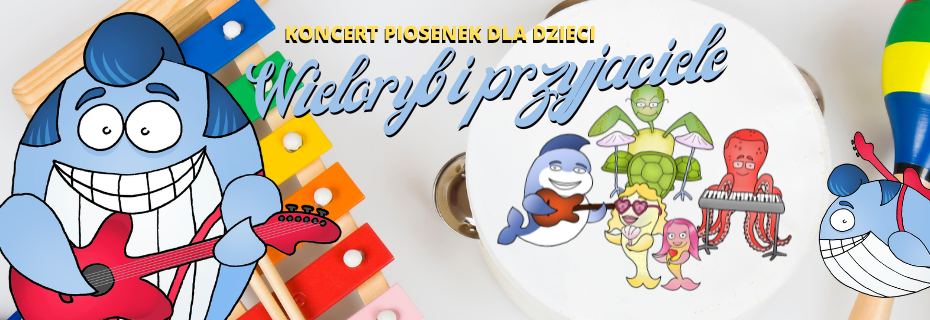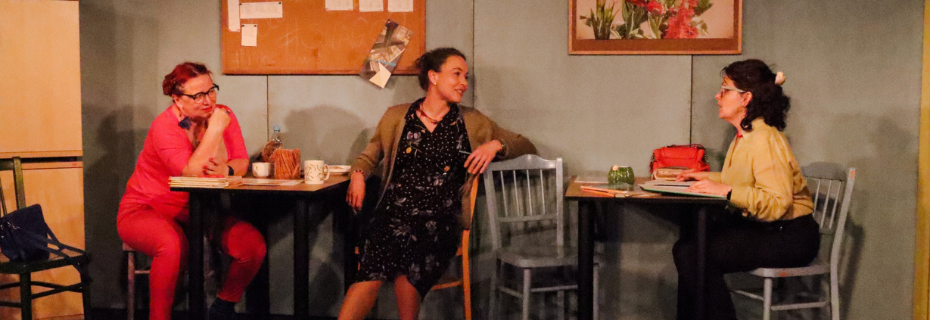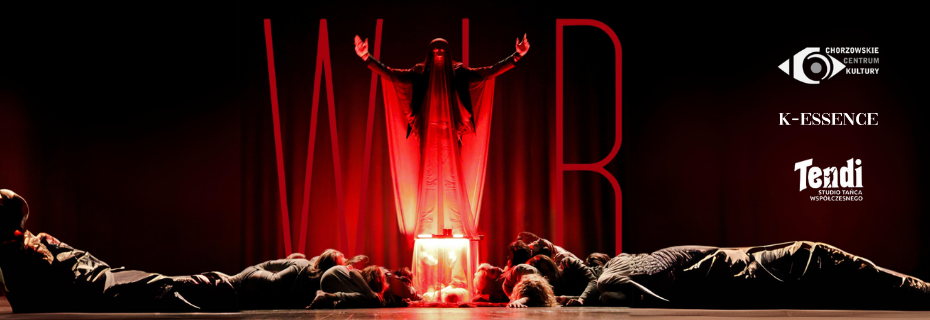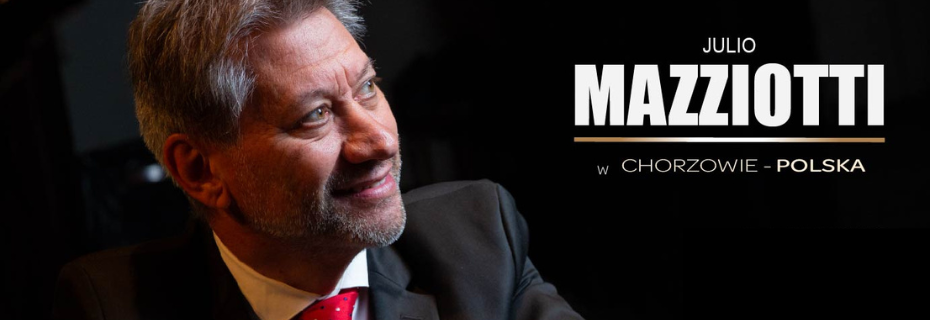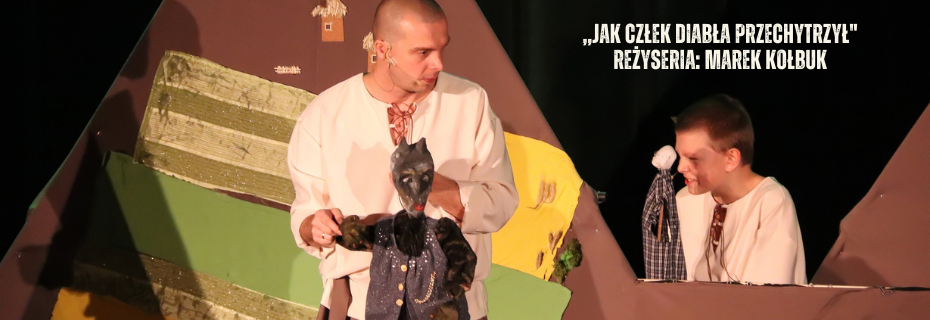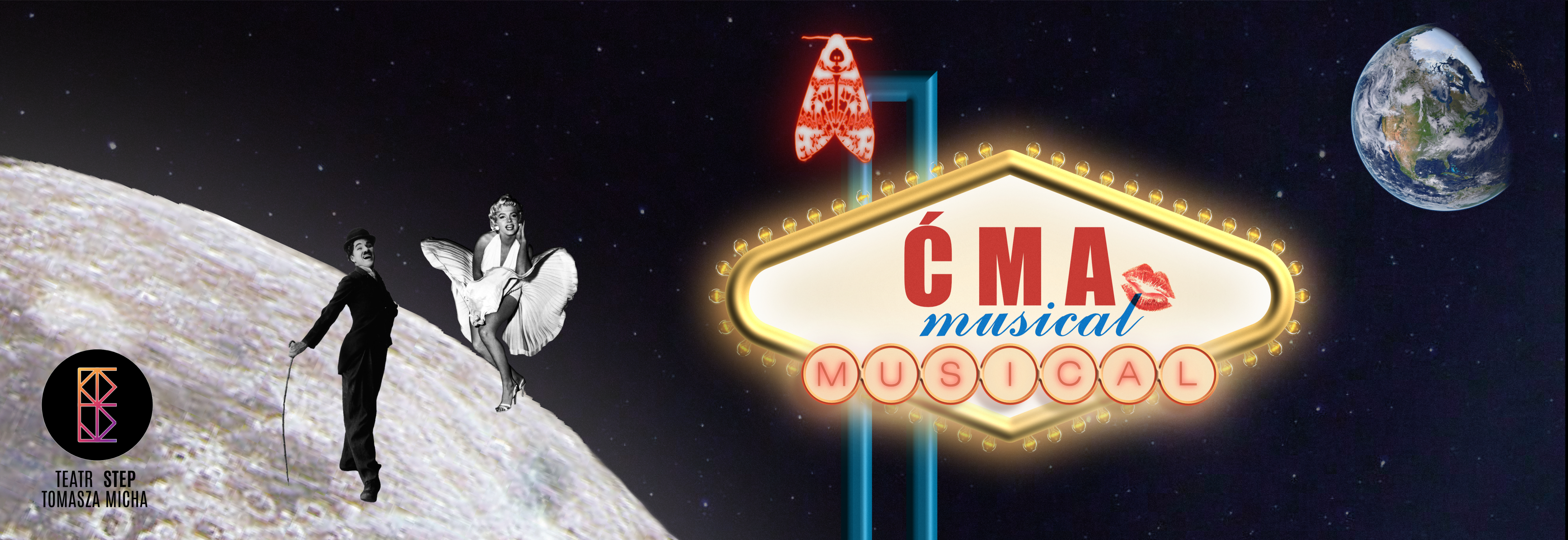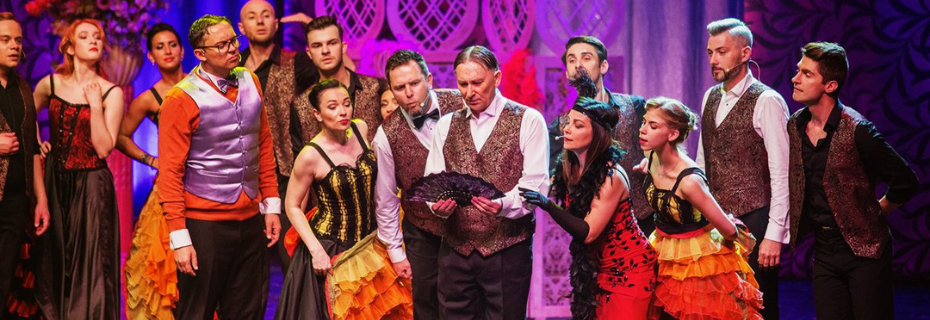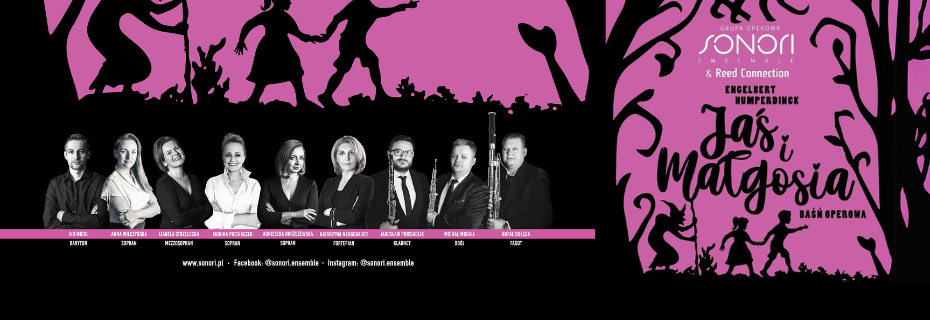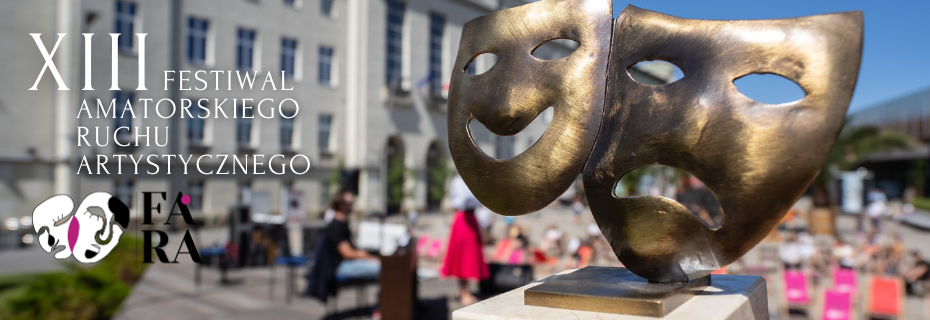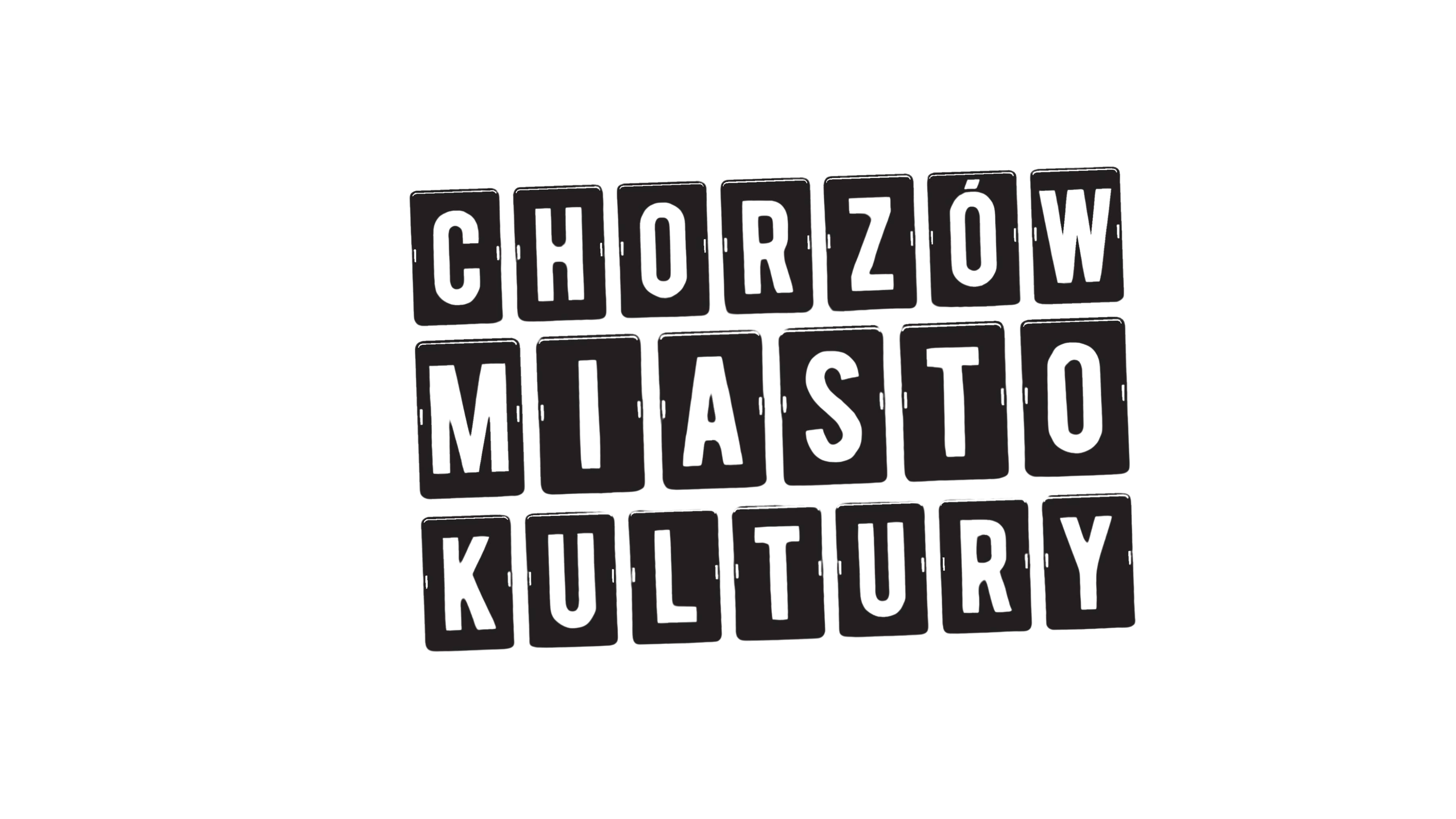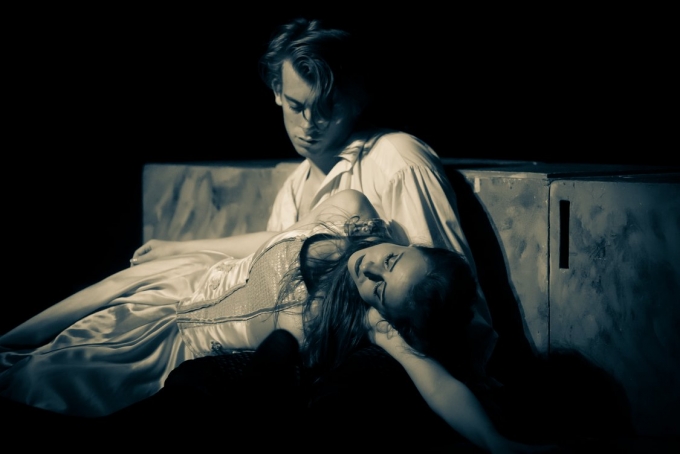"ROMEO & JULIET" - spektakl w języku angielskim
Spektakle o godzinach 9:30 i 12:20Bilety w cenie 30 PLN
więcej informacji i rezerwacja miejsc:
barbara_g@chck.pl tel. 32 349 78 69/63
TNT Theatre Britain presents:
written by W. Shakespeare
directed by Paul Stebbings
http://www.english-theatre.cz/R&J-synopsis.pdf
ROMEO AND JULIET is neither a classical tragedy nor even a traditional romance. It is a play that has become a myth, and the myth obscures the play. Great ballets, musicals and films have transformed the original beyond recognition. In approaching this most famous fiction a director must take care not to dramatise what the audience think ROMEO AND JULIET should be, but what was written on the page two hundred years before Romanticism changed our culture.
First we might ask what the play is not. It is not a tragedy because the central characters do not suffer from “hubris”, the fatal flaw that Aristotle defined and Shakespeare elaborated. Neither Romeo nor Juliet suffer from Macbeth’s ambition or Lear’s selfish rage, let alone Othello’s jealousy or Hamlet’s moral indecision. Romeo’s kills Tybalt but only after failing to pacify him, and in revenge for the murder of his dear friend. Certainly no Elizabethan audience would call him guilty. Juliet only defies her father after she marries Romeo, when legally and morally Romeo has become her Lord.
The play is often surprisingly unromantic, Romeo and Juliet have only two scenes in the entire long play when they are alive and alone. Love itself is parodied as much as worshipped, the fullest and most complex characters in the play – Mercutio and the Nurse – are both pragmatists who mock love or treat it as an adjunct of sex. The entire play might easily be a comedy, in fact it follows the pattern of classical and Shakespearian comedy right up until the death of Mercutio. If it were not for the entirely accidental plague that prevents the Friar’s letter reaching Mantua then there is no reason why Juliet should not live happily ever after with her Romeo.
How to understand the play? The answer lies in its poetic form.The entire play is constructed as a sonnet. The love sonnet was the publishing phenomenon of the 1590’s. Shakespeare himself made his name as the author of sonnets. This play explores the form and themes of both classical and Elizabethan sonnets. The play opens with a sonnet and Romeo and Juliet first speak within a sonnet. The text uses more rhyme than any other of his plays. The form of the sonnet is also a form where endings often contradict beginnings, and this surely influences the structure of the play which ends with the famous rhyme:
A glooming peace this morning with it brings;
The sun, for sorrow, will not show his head:
Go hence, to have more talk of these sad things;
Some shall be pardon'd, and some punished:
For never was a story of more woe
Than this of Juliet and her Romeo.
Poetry allows us to approach the content of the play symbolically, rather than force it into a realistic form. Poetry works through image and symbol. The key may be the two symbolic protagonists, unseen but ever present: Cupid and Death.
TNT seek to integrate music and theatre and take our cue from Shakespeare who always included music in his plays and indeed even wrote dialogue for musicians in ROMEO AND JULIET. Our score includes music by Shakespeare’s exact contemporary, the composer John Dowland.




